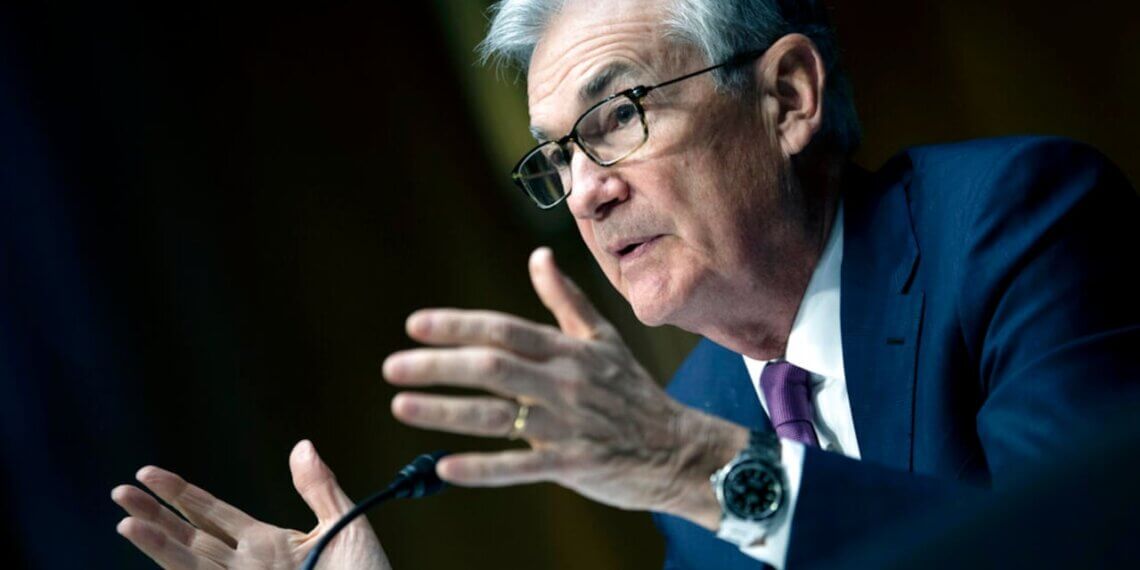The Federal Reserve proposes modifications to capital rules for major banks to enhance their ability to provide liquidity support to the U.S. Treasury market during stressful periods.
The Federal Reserve board members reviewed modifications to the supplementary leverage ratio (SLR) which forces banks to maintain capital reserves for all assets regardless of their risk levels. The 2008 crisis prompted the introduction of this rule which now creates difficulties for the industry when banks need to trade Treasury securities and other “safe” assets.
According to Fed Chair Jerome Powell the proposal would transform the supplementary leverage ratio into a safety mechanism instead of a restrictive requirement. According to Powell the leverage ratio should function as a safety net instead of imposing strict limitations on financial institutions.
The planned regulation will follow the 2018 proposal which establishes leverage requirements based on each bank’s systemic risk level. The Federal Reserve plans to accept feedback about Treasury holding exemptions while Powell indicated that alternative solutions will be considered.
The existing SLR regulation prevents banks from effectively handling market disturbances according to critics. The flexible framework would improve Treasury market stability according to supporters who also believe it will not weaken capital strength.
The proposal represents a continuing effort by the Federal Reserve to reshape its regulations following the pandemic.










